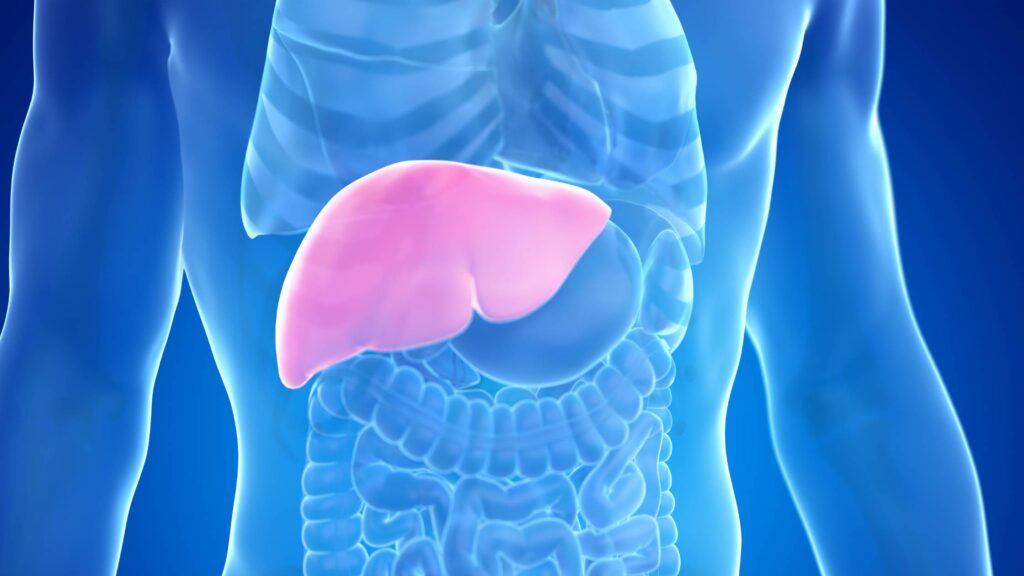
Lightning is a flash that originates from clouds above and strikes down on the ground, carrying a very high amount of electric current. If a human is stuck in a lightning strike, it can be fatal or even cause death. Every year, roughly 2,360 Indians die of lightning, out of which nearly 5% of all lightning strike cases are direct hits that occur when the person is in an open field, such as cattle grazers or fisherman. However, there is evidence that even after direct hits, some people have survived this fatal natural phenomenon.
In a recent simulation study published in the journal Scientific Reports, researchers investigated the electrical properties of actual human tissues. They created phantom heads (fake human heads) to solve the mystery of what factors contribute to a person’s survival after lightning, mainly when a strike occurs on the head1. In this article, we will learn the study’s findings and gain a better understanding of lightning and how to prevent its dangers.
The Deadly Nature of Lightning Strikes
Lightning is formed in a cloud when there is a buildup of electrical charge. As the charges accumulate, they create a powerful electrical field that ionises the air around them.
When the electrical field becomes strong enough, it can cause a discharge of electrical energy in the form of lightning. The discharge of lightning is approximately 200 KA when it strikes the ground.
If a current of this magnitude directly hits a person outdoors, it can be fatal. According to a report on Indiaspend, since 2021, lightning has been the single most significant cause of death due to natural disasters.
However, there have been cases of people surviving a direct hit by lightning. Scientists already know that when lightning strikes someone directly, it usually goes around their body rather than through it, taking a detour; this helps explain why some people can survive.
In the current study, researchers wanted to investigate whether rain on the skin could make it easier for the lightning to detour around the body, potentially increasing the chances of survival. They aimed to understand how rain affects lightning’s path through the body, especially the head, which is crucial for survival.
Simulating a Lightning Strike on a Human Head
Researchers wanted to study the lightning strike on the human head. So, for this, they created two head phantoms (fake human heads), each made of three parts: a brain, a skull, and a scalp, to simulate the characteristics of a real human head. Each part was made of a jelly-like material called agarose and other ingredients to mimic the electrical properties of actual human tissues. The phantoms had a moist outer surface like human skin.
They placed it on a metal plate with four sensors. The three sensors were placed at different layers of the head. Scientists put one on the brain, which is the deepest, the second sensor on the skull, and the third electrode on the scalp, the scalp being the most superficial. The purpose was to measure how deep current will penetrate the head when lightning strikes the head. Finally, the researchers placed the fourth sensor outside to see if any current “jumped” off the head.
They experimented in a controlled environment where the researchers used a machine to shoot solid and short bursts of electricity at the head, like a lightning strike. They created two conditions, one in which the head phantom was dry and the second in which they sprayed the scalp with a salt-water mix to mimic rain.
Now, researchers have short bursts of electricity at the head, like a lightning strike ten times for each head.
Wet or Dry: How Rain Could Increase Your Chances of Survival
Finally, researchers measured the flow and distribution of electrical current and wanted to know whether the current penetrated the brain’s level or channelised outside at the skull or scalp level. Scientists were also looking for the amount of current that flows to the ground on the outer surface without flowing through the body.
What the scientist found after evaluating the data was encouraging. The experiment revealed that when lightning strikes the head, in both the dry head and moist head, most of the current flows through the scalp, followed by the brain and then the skull.
However, in the moist head, the amount of current that flowed from the scalp was significantly higher than in the dry head; this explains why the chances of survival are higher when a person is wet with rainwater.
Assessing Physical Damage Caused by Lightning Strikes
Further, the scientists also visually examined both the head phantoms for the severity of physical damage caused by the lightning, which is the injury in actual cases. The scale of the physical damage was also at par with the flow of electrical current.
As most of the electrical charges on the moist head were channelised to the ground through the outer surface, there was less visible damage than the dry head.
This clearly indicates that rainwater prevents injury to the head and brain. Data also revealed that almost 50% of the wet phantoms “survived” the simulated strike, compared to only 30% of the dry phantoms.
This finding explains why animals with wet fur have a higher survival rate when struck by lightning.
The Importance of Rainwater in Preventing Injury to the Head and Brain
So, what factors help increase the chances of lightning strike survival in a rain-wet head compared to a dry head? According to scientists on the moist head, tater vaporisation cools the area and reduces some impact of the temperature of the lightning. Also, the moisture slightly pushes the lightning channel away, reducing thermal and mechanical damage.
In addition, most of the current flow in the moist head is diverted outside the body rather than through the body, and this prevents the current from flowing inside the brain, which is the common reason for most lightning strike-related deaths.
What can we learn from this study?

While this study offers some encouraging insights, it’s crucial to remember that lightning is still extremely dangerous. Always prioritise safety during thunderstorms and seek shelter immediately if caught outdoors.
According to the data of NCRB, 2360 Indians die each year due to lightning. A large proportion of deaths occur when a person is sheltering under a tree, and only 5% of all lightning strikes are directly hit when the lightning strikes directly over the person’s body. Data also reveals that most of the deaths occur in rural areas; only a fraction of, i.e., 4%, deaths occur in urban areas.
However, this study allows us to discuss safety measures that we can take during lightning storms, like:
- It’s important to seek shelter indoors or in a vehicle.
- Avoid open spaces and tall objects like trees and poles.
- If you’re caught outside, crouch down low with your feet together and cover your ears and eyes.
Keep Reading: Sleeping with smartphone, TV, lights on may lead to obesity
The author is a physiotherapist who has been practising for the last 17 years. He holds a Bachelor's in Physiotherapy (BPT) from SVNIRTAR (Swami Vivekananda National Institute of Rehabilitation and Research), one of the prestigious physiotherapy schools in India.
Whatever he learns dealing with his patient, he shares it with the world through blogs and e-books. He also owns a YouTube channel, "Sunit Physiotherapist" with over 8 lakh active subscribers. Here, he shares everything he gets to learn serving the patient.





